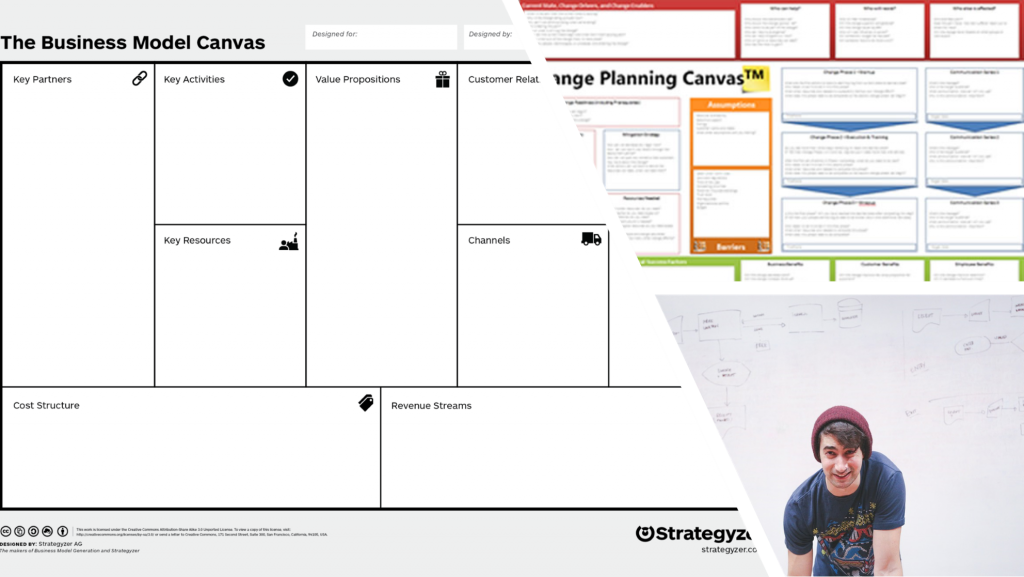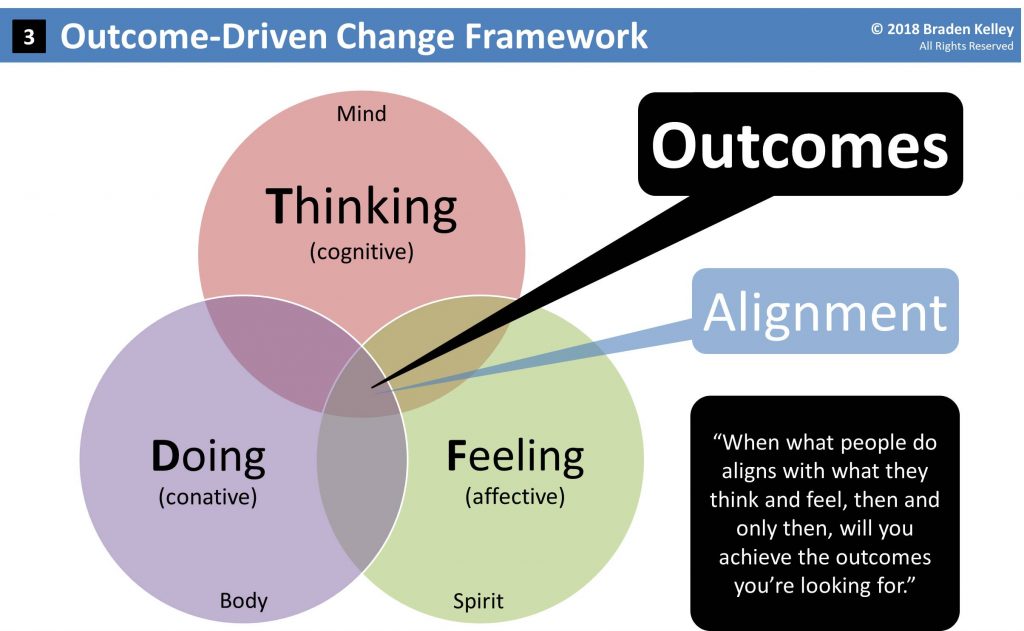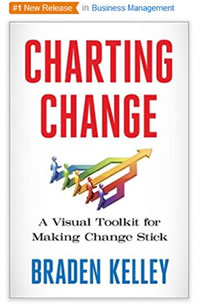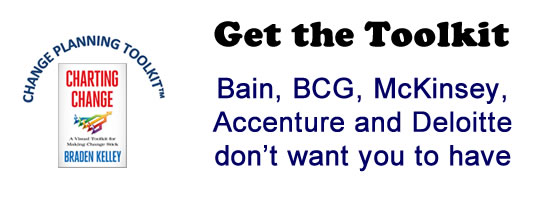Beyond the Business Model Canvas

For decades when business people and aspiring entrepreneurs came up with an idea and became serious about commercializing it, they would, by default, create a business plan. Anyone who has ever created a business plan knows they are a LOT of work. And as any innovator knows, most ideas turn out to be garbage. As a result, the creation of most business plans ends up being a waste of time.
All of this wasted time and money in the universes of both corporate innovation and startups was definitely an area of opportunity.
This pain has been solved in part by the Business Model Canvas created by Alex Osterwalder and Yves Pigneur, the Lean Canvas created by Ash Maurya, and by minor variations created by others.
The purpose of both at their core is the same. The Business Model Canvas and the Lean Canvas seek to help entrepreneurs, intrapreneurs and innovators quickly explore the desirability, feasibility and viability of their ideas in a more visual and collaborative way, while also supporting much quicker iterations and revisions to both the value proposition and its path to market.
Where a business plan may take weeks to create, a Business Model Canvas or Lean Canvas can be created in an afternoon.
Where a business plan is often created by one person and revised by others in a serial manner, a Business Model Canvas or Lean Canvas is a group activity, informed by a collection of diverse perspectives and experiences, and challenged, evolved and revised in a real-time, parallel manner.
What excites me most as someone who conducts workshops all around the world and teaches people how to use the Business Model Canvas and other innovation & change tools, is that the Business Model Canvas and Lean Canvas have helped to accelerate a transformation in not only how people are taught, but also how they are permitted to conduct business.

This transformation is a game changer because it represents a growing integration of methods into workshops and meetings that enable facilitators to engage not only auditory learners, but visual, kinesthetic and social learners as well.
This more human approach to prototyping a business helps to add a bit more structure around an idea, in a collaborative way that will more quickly surface gaps and flaws while also testing assumptions, collecting idea fragments into a more holistic value proposition and creating a vision for how to make it real.
But, as we all know, any new business or any potential innovation will create an abundance of required and necessary changes. Unfortunately, whether you are using the Business Model Canvas or the Lean Canvas, the truth and the limitation is that they are but a single tool and can’t help you walk the rest of the path to reality. To create the changes necessary to realize your vision, you will need many more tools.
“When what people do aligns with what they think and feel, then and only then, will you achieve the outcomes you’re looking for.â€
The good news is that this more visual and collaborative way of working helps with two of the most important keys to success – buy-in and alignment – and also helps to align mind, body, and spirit to harness the whole brain and its three constructs:
- Cognitive (thinking)
- Conative (doing)
- Affective (feeling)

Beyond the Business Model Canvas and the Lean Canvas
Visual, collaborative tools like the Business Model Canvas, Lean Canvas, Empathy Map, Value Proposition Canvas, Experience Maps, Service Design, and even Customer Journey Maps have laid the groundwork for a more modern, more powerful way of working that leverages the whole brain of the individual, and all three learning styles of the collective.
And where these tools all represent the beginning of a visual, collaborative endeavor to create change, they are missing the tools to help plan for and execute the changes that are being proposed.
This is where the Change Planning Toolkit™ comes in. It has been designed with the Change Planning Canvas™ at its core to feel familiar to those already using the aforementioned tools and empower teams to take the next steps on their journey to be successful:
- Innovation and Intrapreneurship
- Startup Creation
- Digital Transformation
- Design Thinking
- New Product Development (NPD)
- Service Design
- Experience Design
- Customer Experience (CX) Improvement Efforts
- Projects (make sure you also get the Visual Project Charter™)
- Change Initiatives
 So, if you’re already familiar with the Business Model Canvas, Lean Canvas, Empathy Map, Value Proposition Canvas, Experience Maps, Service Design, or Customer Journey Maps then you should get a copy of my latest book Charting Change and it will show you the thinking behind the Change Planning Toolkit™, how to use it to maintain the momentum of your team and the energy behind your idea, and how to leverage both to push it forward towards reality.
So, if you’re already familiar with the Business Model Canvas, Lean Canvas, Empathy Map, Value Proposition Canvas, Experience Maps, Service Design, or Customer Journey Maps then you should get a copy of my latest book Charting Change and it will show you the thinking behind the Change Planning Toolkit™, how to use it to maintain the momentum of your team and the energy behind your idea, and how to leverage both to push it forward towards reality.
The Change Planning Toolkit™ will help you beat the 70% change failure rate, create more efficient and effective change initiatives (and even projects), and accelerate your pace of successful change in order to keep up with the accelerating pace of change all around us and to be more nimble, agile, and responsive than your competition.
There is a simple three step process for people to familiarize themselves with the Change Planning Toolkit™ who aren’t ready to get the jump on their competition today:
- 10 free tools available to download now
- 26 free tools when you buy the book
- 50+ tools when you license the toolkit
I’ve invested more than $1 million into the Change Planning Toolkit™ so you don’t have to, and so you can leverage this investment to gain all of the benefits above while also saving yourself thousands or millions of dollars in consulting fees – every year.
And for a limited time, there are some exciting FREE training opportunities available to a handful of organizations who contact me.
Wait! Before you go…
Choose how you want the latest innovation content delivered to you:
- Daily — RSS Feed — Email — Twitter — Facebook — Linkedin Today
- Weekly — Email Newsletter — Free Magazine — Linkedin Group
[author image=”https://www.disruptorleague.com/wp-content/uploads/2016/07/Braden-Kelley-70.jpg”]Braden Kelley is a Director of Design Thinking, Innovation and Transformation at Oracle, and a popular innovation speaker and workshop facilitator. He is the author of two five-star books, Stoking Your Innovation Bonfire and Charting Change, and the creator of a revolutionary new Change Planning Toolkit™. Follow him on Linkedin and Twitter (@innovate).[/author]
NEVER MISS ANOTHER NEWSLETTER!
LATEST BLOGS
Four ways you can ensure employees take accountability for their work
One of the most important driving factors for any successful business is a high-performing team. Having people working for you…
Read MoreWhat is digital upskilling and why is it important?
Photo by Annie Spratt on Unsplash In a world of business that never stands…
Read More


